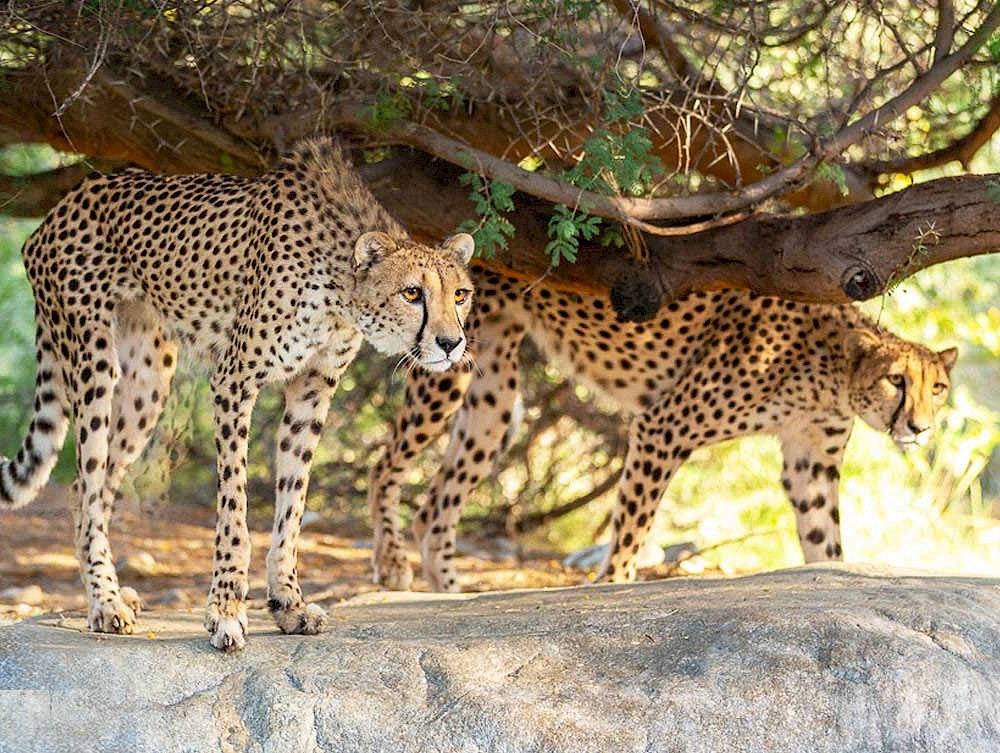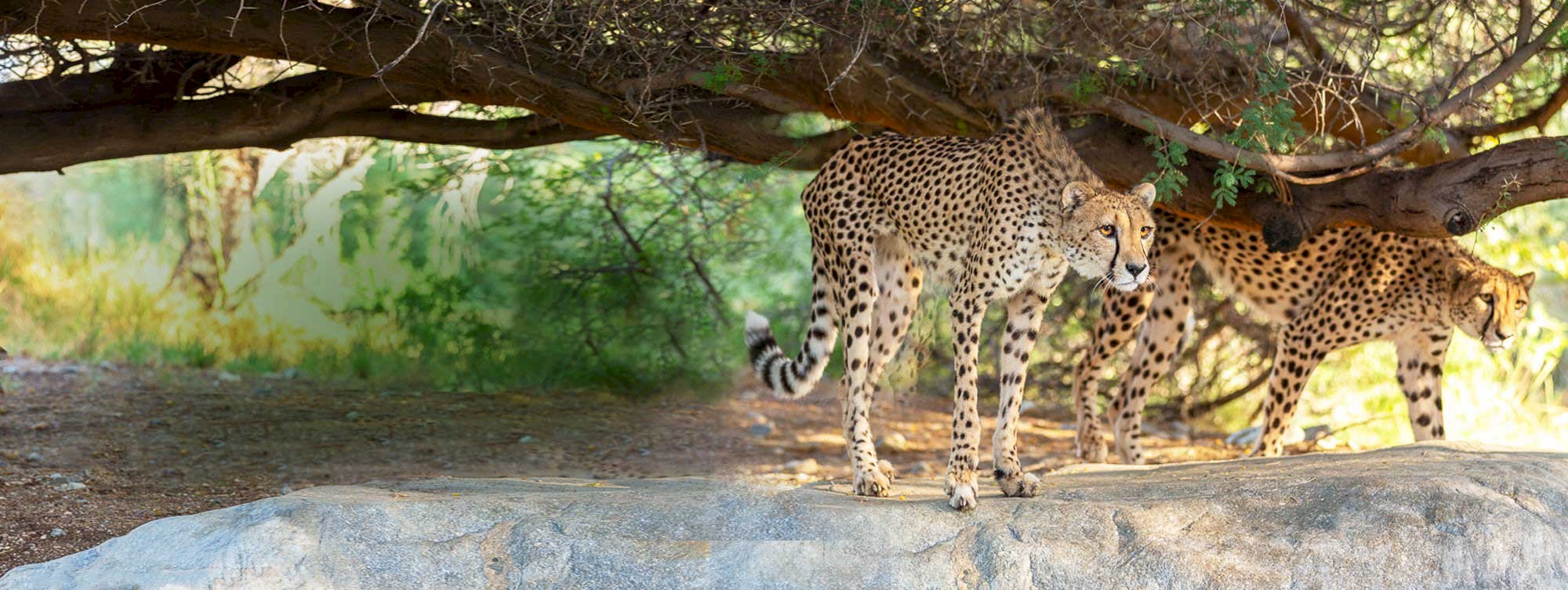Salt Creek Restoration- Plant Propagation
April 2, 2021
To begin propagating the seed collected from Salt Creek, we first determined if any seed prep would be required. We know that different species of plants depend on different environmental factors to cue germination. Depending on what natural environmental factors seeds must experience to signal germination, we try to best mimic that when treating seeds before planting them. Some treatments include scarification, removal of seeds from pods, cold or heat stratification and chemical leaching in water. Through research or experimentation, we can determine which treatments work best for which seeds.
The day after our site visit to the lower stretches of Salt Creek in mid-march, Bob and I began working on propagating seeds and cuttings collected during the outing. To start, we took the dry plant material collected from iodine bush (Allenrolfea occidentalis), ran the dry plant material over mesh and collected the seed which we then sprinkled over soil to test whether this species would readily germinate. Surely, 4 weeks later sprouts emerged. We collected seed from the project site at the upper and middle stretches of the creek in late fall. The seed available at this time was sparse and may have been from the previous season. We planted this seed in the greenhouse, however, a month then two months went by and there was no sign of germination. It was not until a second seed collection in February, and planting during this time that germination occurred. Sprouts from seed planted in the fall emerged as well. It seems that for this species, while no specific seed treatment was required, there is a best time to plant.
Our approach with the salt bush species was a bit different. The seeds of Atriplex canescens, or fourwing saltbush, are encased in fruit with four wings, as the name suggests. We removed these wings in order to allow for increased water penetration to the seed. Cattle saltbush (Atriplex polycarpa) seeds are not winged and thus did not require de-winging. The seeds of both Atriplex species were soaked overnight and planted the next day. Sprouts began to emerge within a week. The germination for cattle saltbush than higher than that of fourwing saltbush.
Another strategy to provide optimum growth conditions for these plants was to purchase well suited pots to plant them in. One of the characteristics that many desert plant species possess in order to cope with desert conditions are extensive root systems. In order to allow for these desert native plants to have sufficient root room to be fit for the desert, we planted them in tall tree pots. We continue to research best methods for propagation of species which exhibit low germination rates.
All of the plants which are currently being propagated for the Salt Creek restoration project can be found in the Desert Plant Conservation Center. These plants will grow for 1-2 seasons prior to being outplanted at Salt Creek.














